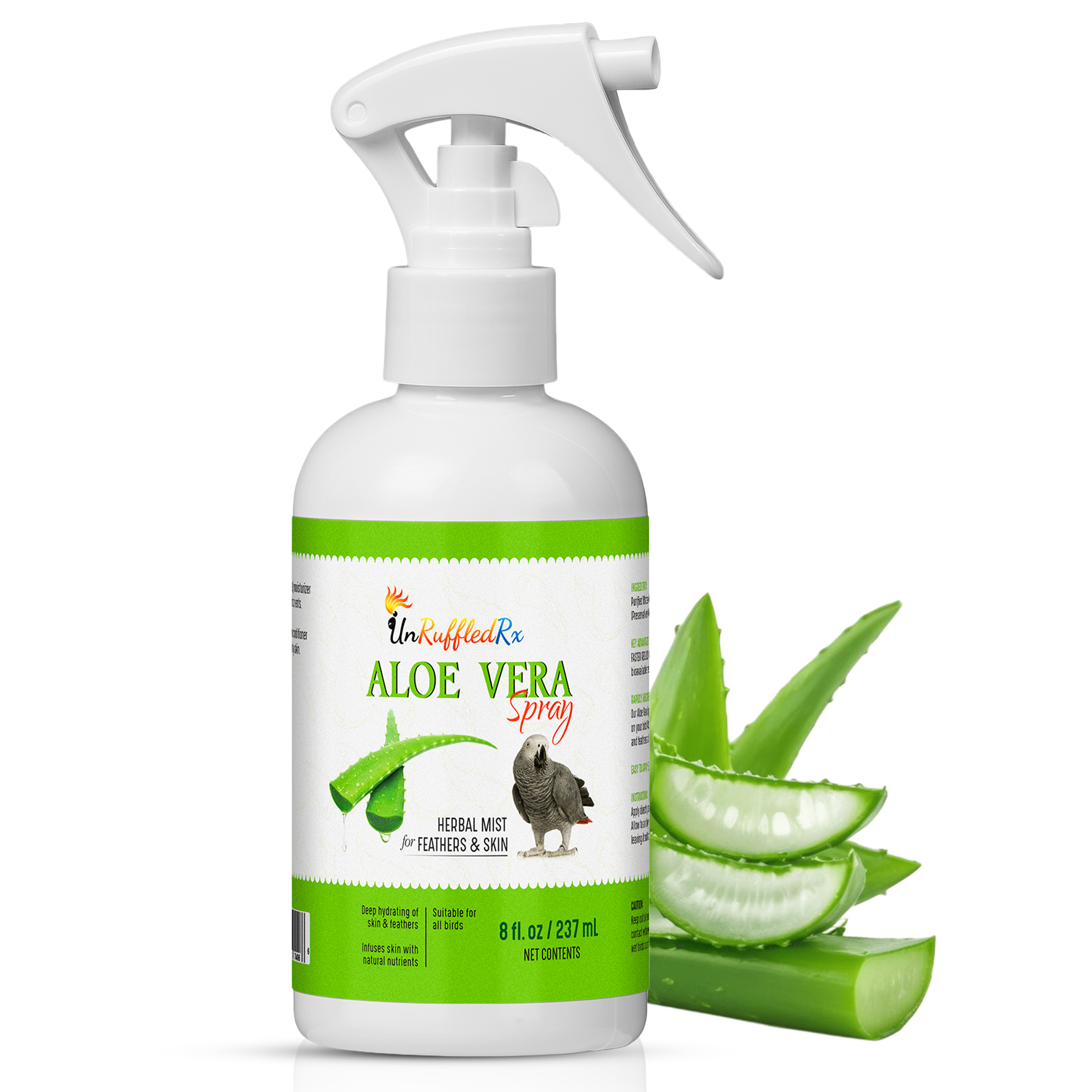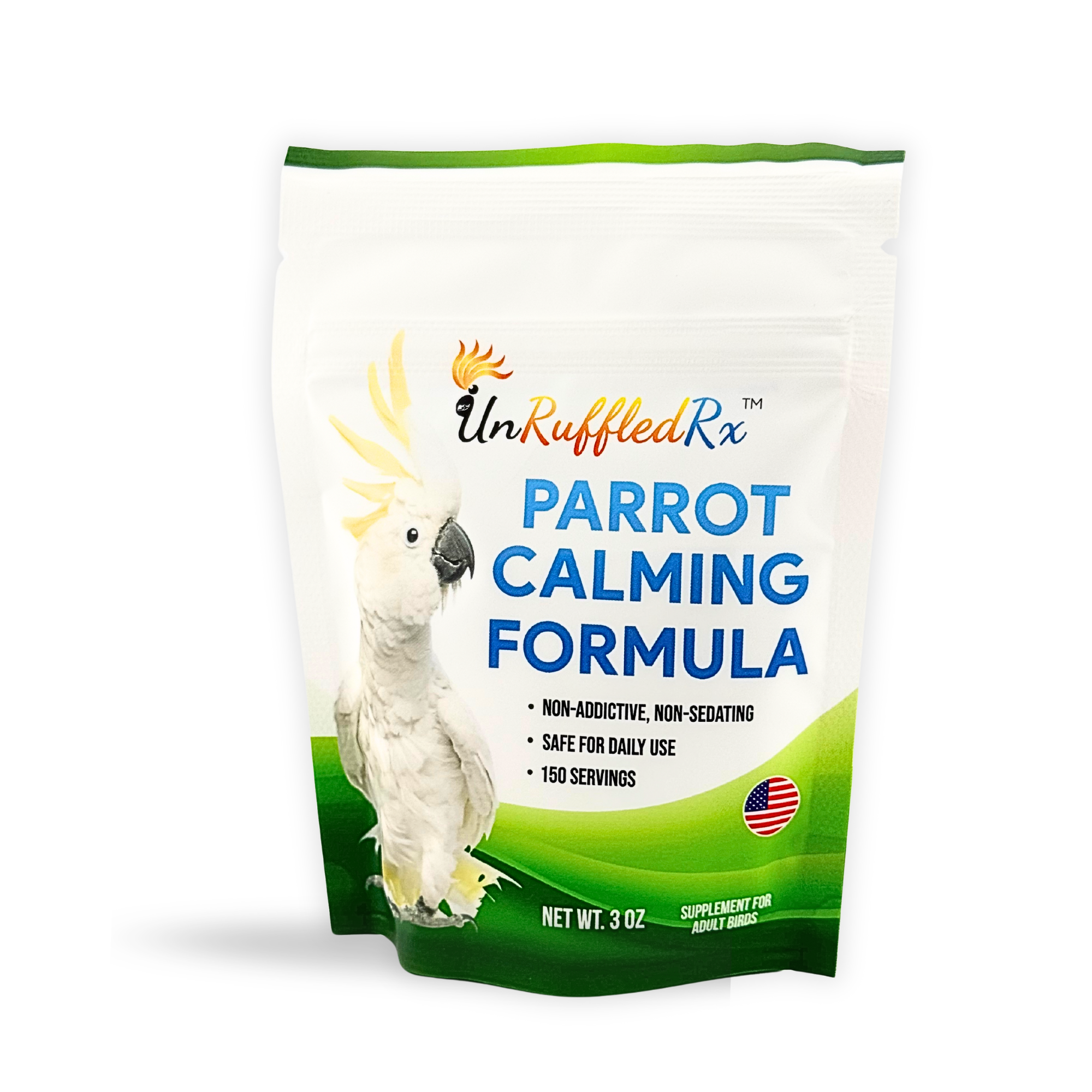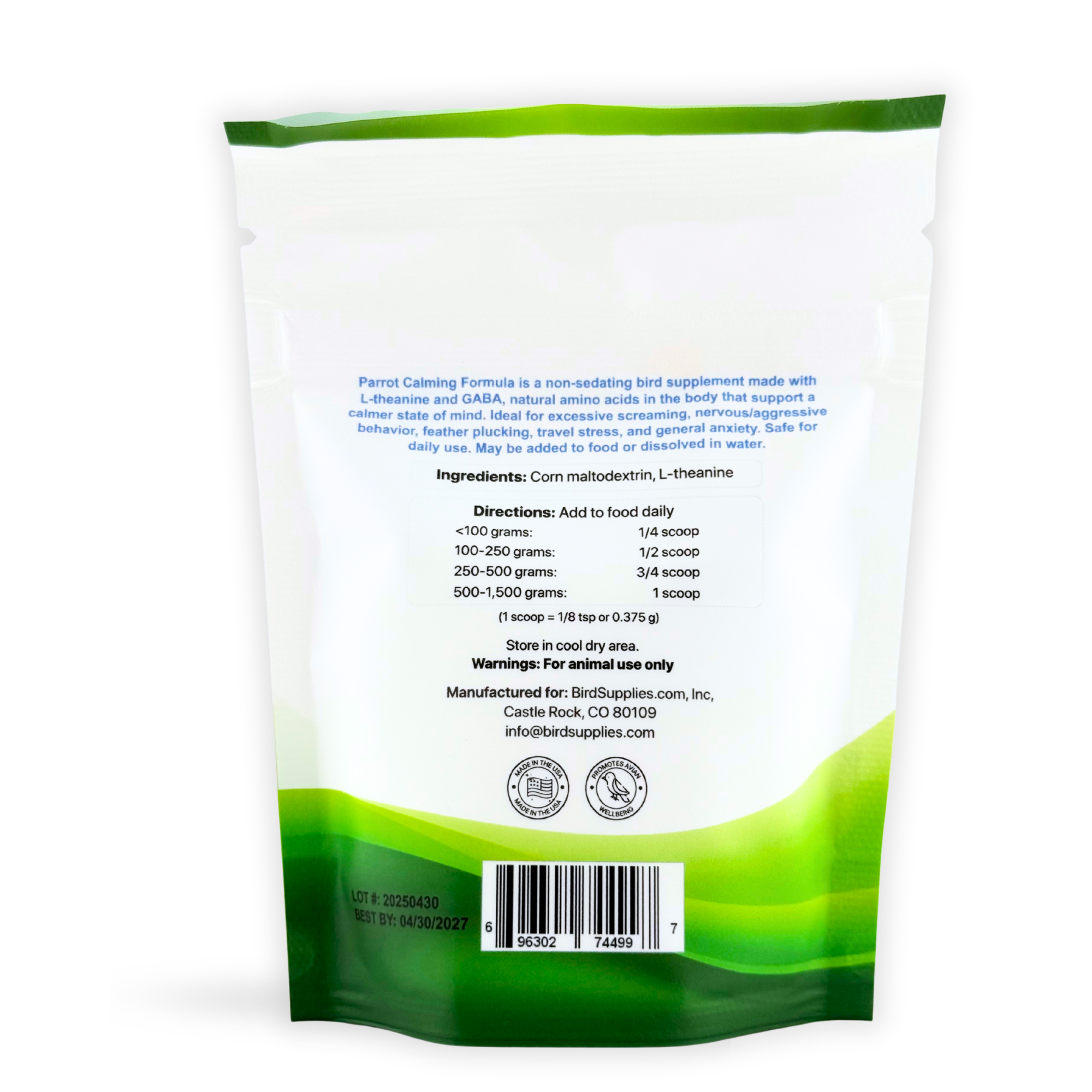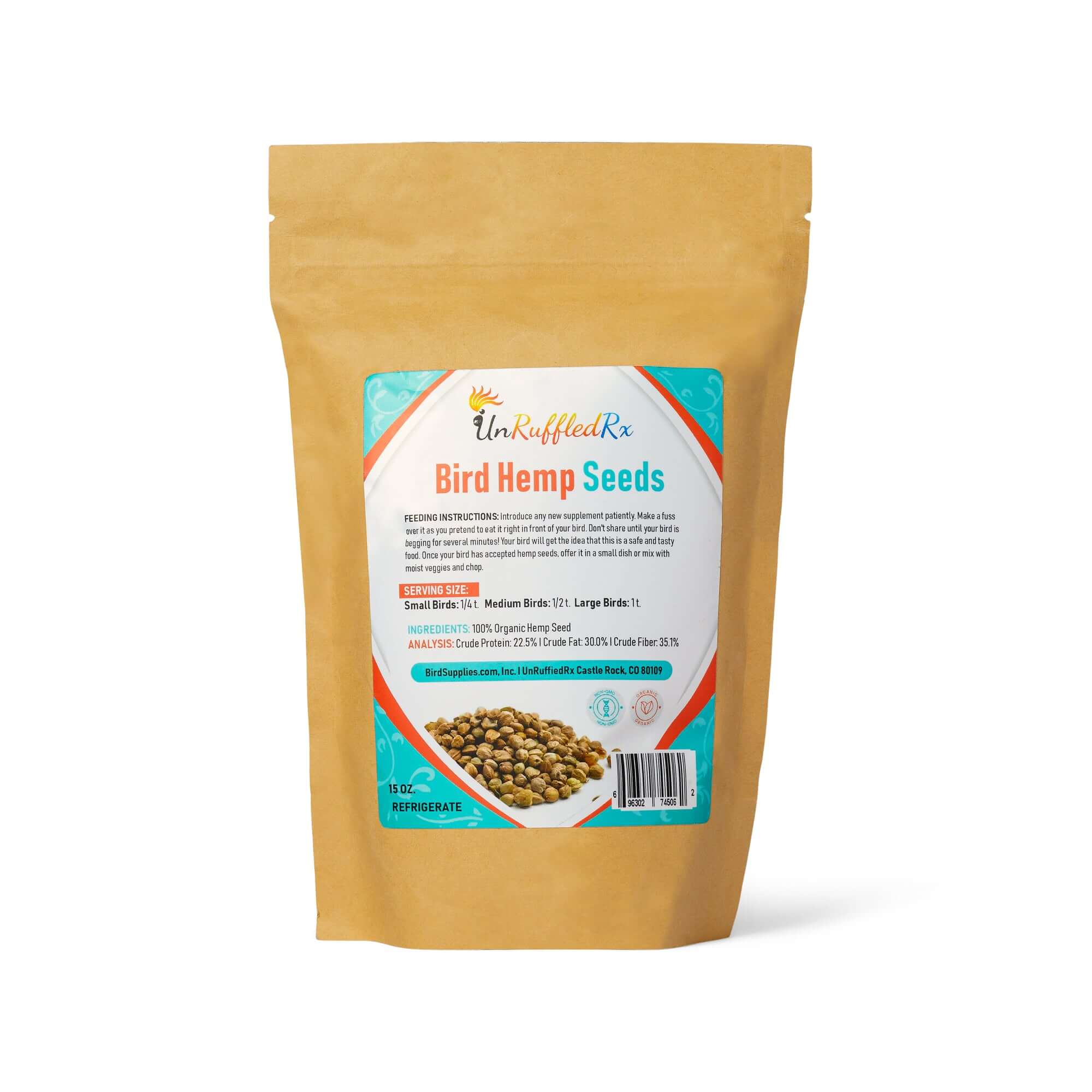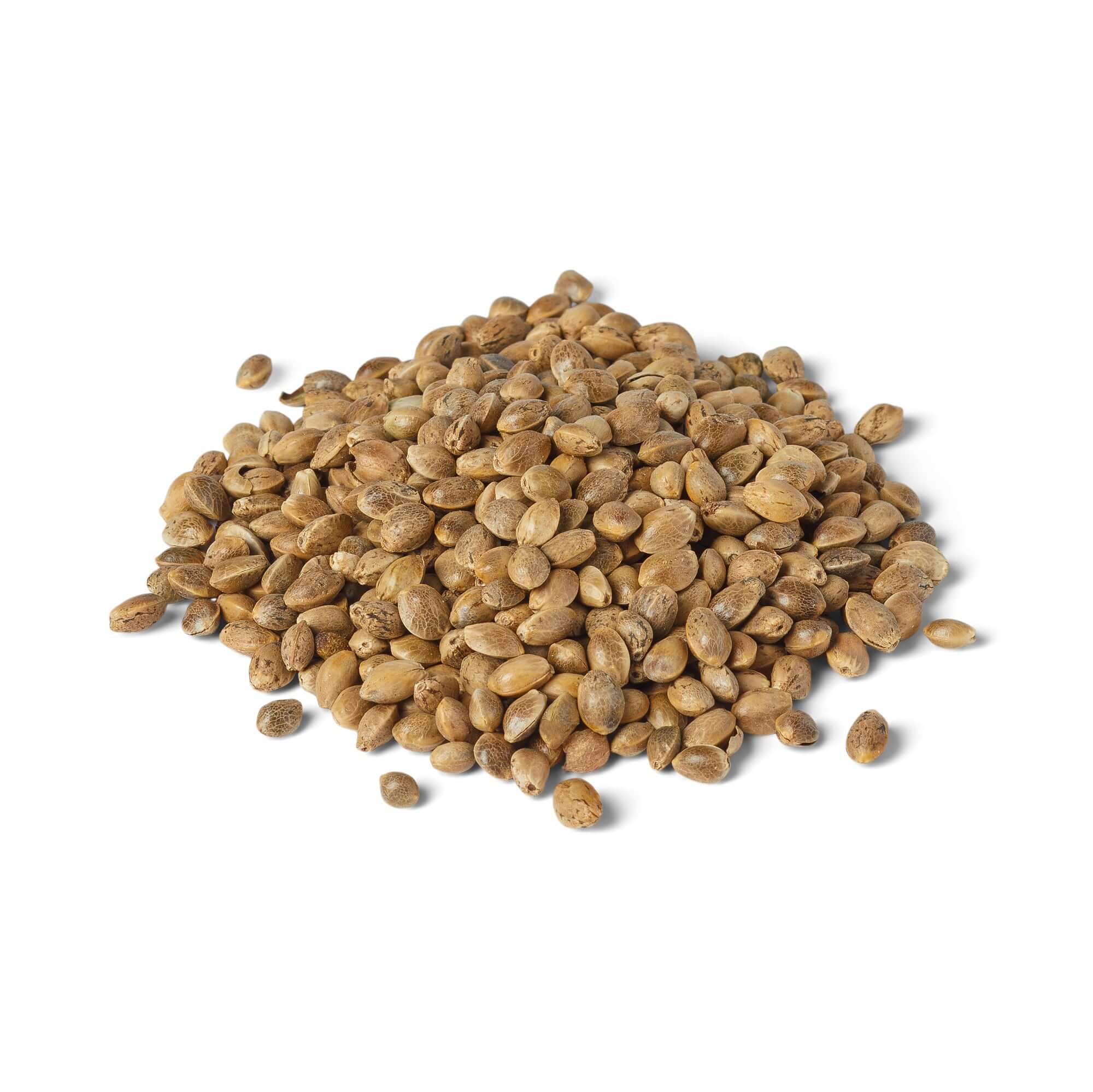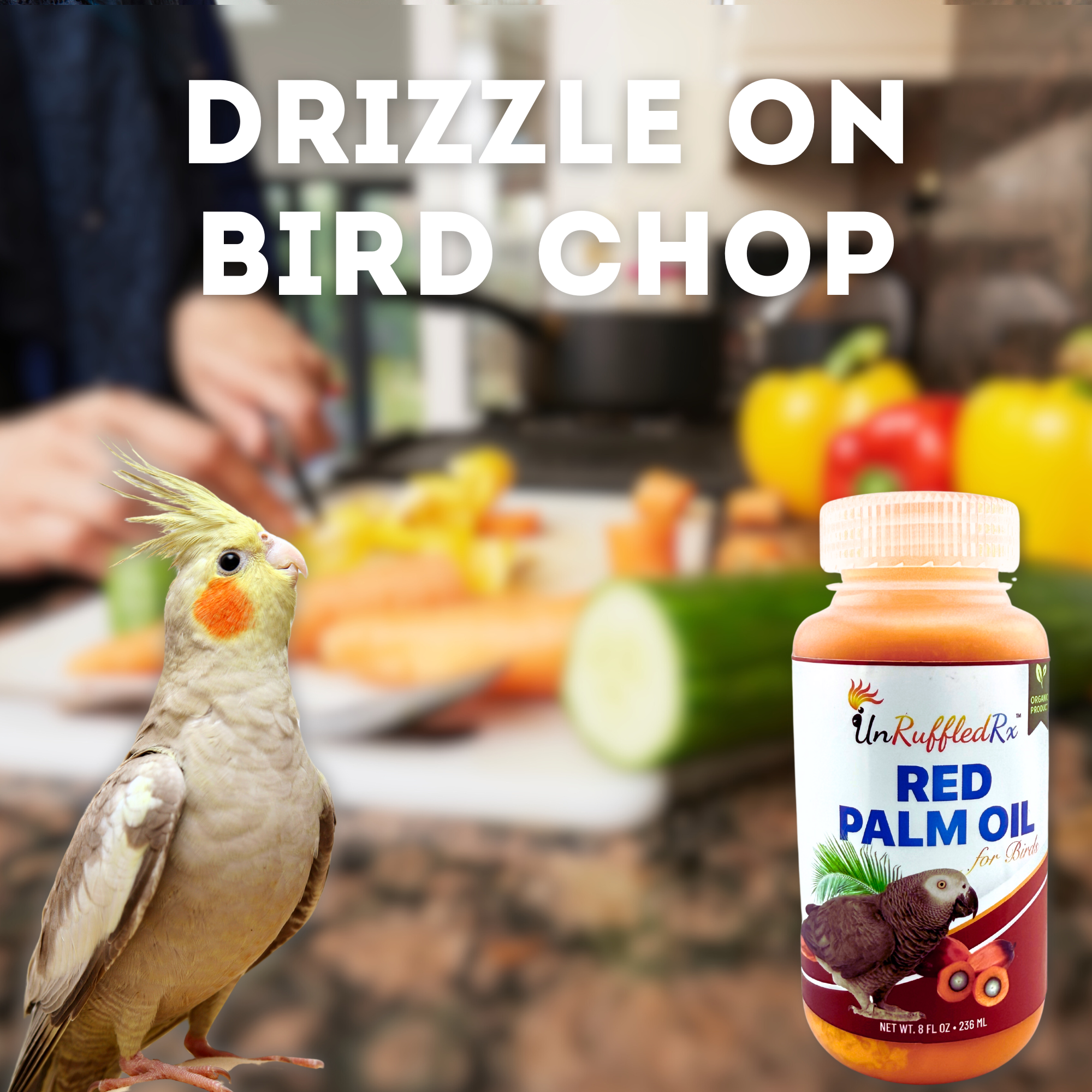- Can I travel with my parrot?
- Is traveling stressful for birds?
- How do you transport a bird in a car?
- How far can birds travel in a car?
- Bird car trip planning steps
- Bonus: harness training link
- Travel-ready calming products
- When not to take your bird
- Sales Solution Bridge
Ever wondered if traveling with a bird is actually safe—or even fun—for your feathered friend?
You’re not alone. Thousands of parrot parents are skipping the pet sitter and choosing to hit the road with their birds instead. But vacationing with pet birds takes more than tossing a cage in the back seat.
This guide breaks down how to take a car trip with your bird safely and stress-free. You’ll learn how to prep your bird for travel, what to pack, what calming products to use, and when to leave them home instead.
🚗 Ready to plan a safe, unforgettable trip with your bird? Let’s dive in.
Can I travel with my parrot?
Yes—but only if you prepare.
Traveling with a bird is totally doable—and honestly, it can be one of the most rewarding bonding experiences you’ll ever share. Parrots are social, flock-minded creatures. When they’re with you, they feel secure.
But that doesn’t mean you can wing it. If you’re thinking about vacationing with pet birds, you’ve got to treat them like a full-fledged family member, not just a tagalong.
Interactive check-in quiz
Not sure if your bird’s ready? Try this at-home checklist:
✔️ Comfortable in a travel carrier?
✔️ Handles new environments without panicking?
✔️ Eats and plays normally when away from home?
✔️ Has been on car rides before?
💡 If you answered “yes” to most, you’re likely in the green zone. If not—no worries. Start with training and exposure. We’ll show you how below.
From our #1 post—now expanded
In our top-ranked post, 6 Tips for Car Travel with Parrots, we laid the groundwork: use a bird-safe carrier, secure it properly, keep your parrot hydrated, and never leave them alone in a hot car. We also covered why planning breaks, packing familiar food, and bringing comfort items matters.
But here's the thing: our readers wanted more. More real-world advice, more travel prep strategies, and more ways to calm a nervous bird before the wheels start rolling.
This guide takes it further—with step-by-step planning help, interactive checklists, product suggestions, and must-know safety tips for traveling with a bird the smart way. Whether you’re heading out for a weekend or a full-on vacation with your pet bird, we’ve got you covered.
Is traveling stressful for birds?
Know the signs of bird travel stress
Let’s be real—traveling with a bird can trigger anxiety if you’re not prepared. Parrots thrive on routine and familiar surroundings, so new sounds, vibrations, and environments can set off stress behaviors.
Watch for these common red flags:
- 😰 Panting or rapid breathing
- 🪶 Fluffed-up feathers (not from sleep)
- 🔇 Sudden silence—or nonstop screaming
- 🪜 Refusal to perch or eat
- 🦜 Aggression or frantic movement inside the carrier
If you spot any of these signs, it’s time to pull over and check your birds stress level. Ideally, start by getting your bird gradually accustomed to car travel—short drives, gentle turns, and lots of observation. But if that’s not possible, like during an emergency or wildfire evacuation, do your best to provide comfort and security. Read our emergency evacuation tips here.
Why many birds actually prefer car trips
Here’s something most people don’t expect: Some parrots actually prefer road trips over staying behind. Vacationing with pet birds means your bird stays close to its trusted flock—you. That alone can reduce anxiety compared to being left in a strange place with unfamiliar people, sights, and smells.
The key? Preparation and positive associations. With the right steps, car rides can become something your bird looks forward to.
Support your bird’s emotional health
If your bird tends to be anxious or you just want to make the trip smoother, head to our Travel-Ready Calming Products section. You’ll find gentle, vet-trusted solutions designed to support emotional wellness—before, during, and after your trip.
How do you transport a bird in a car?
Secure carriers vs. bird car seats
When you're traveling with a bird, the safest option is always a well-ventilated carrier secured in the back seat. Carriers like the Pak‑o‑Bird or clear-sided acrylic travel cages are built for both visibility and airflow, and they help your bird feel secure in an unfamiliar environment.
A bird car seat might work for confident, trained parrots—but only if they’re accustomed to motion and can be safely restrained with a harness. Even then, always bring a secure travel carrier as backup in case of emergencies or longer stops.

Choose a carrier with the following features:
- Proper ventilation on at least two sides
- Built-in perch made of natural wood (not plastic dowels)
- Ability to attach food and water dishes securely
- Size appropriate: enough space to move comfortably but not so large that your bird bounces around on turns
Train before travel
Carrier training should start weeks before your trip—not the night before. Start by letting your bird explore the carrier in a safe space at home. Leave the door open and place favorite treats or toys inside to build positive associations.
Once your bird is comfortable entering and staying inside the carrier, move it near your vehicle. Next, buckle the carrier into the car and turn on the engine without driving. Gradually progress to short drives around the block, watching your bird’s body language each time.
This extra step may seem slow, but it can prevent panic and reduce motion-related issues down the line.
Preventing motion sickness
Birds can experience nausea just like dogs or humans. To prevent this, make sure your carrier is level and stabilized—avoid placing it on a slanted seat or allowing it to swing from seatbelts.
Remove toys that dangle or move unpredictably during the drive, as these can trigger disorientation or vomiting. Instead, hang a stationary comfort item like a shreddable block or soft chew to keep them busy.
A quick spritz of UnRuffledRx Aloe Vera Spray before the drive can also help soothe dry skin caused by car A/C or altitude shifts.
How far can birds travel in a car?
Trip length depends on your bird—not the miles
There’s no hard mileage limit, but if your bird is new to car travel, aim for under 2 hours the first few trips. More experienced birds may do well on 4–6 hour rides—if you plan stops carefully and watch for signs of fatigue or stress.
When we had to evacuate during Colorado wildfires, we learned firsthand how essential planning is—especially when birds are part of the emergency. Don’t wait until you’re forced to act. Practice ahead of time.
Break planning: what works
Every 90 to 120 minutes, pull over somewhere quiet. Open the carrier door only when the car is turned off and the area is calm and secure. Offer fresh water and a snack your bird knows well—something familiar goes a long way in reducing stress.
Use breaks to check in on your bird’s comfort level. Are they panting, fluffed up, or showing signs of stress? This is your chance to reset. If your bird is harness-trained, give them 5–10 minutes to stretch and explore under supervision—out of the carrier, but still protected.
- Never place the carrier in direct sunlight, even for a minute. Birds overheat quickly and can’t sweat to cool down.
- Use a cage cover or towel to block strong sun while still allowing airflow.
- If it’s summer and you need to blast the A/C, make sure your bird isn’t directly in the path of a cold draft. That rapid cooling can cause respiratory issues.
- When possible, plan your drive during cooler parts of the day—early morning or evening—so you’re not fighting heat and A/C extremes.
Bottom line: comfort > convenience. Pay close attention to your bird’s body language, and don’t hesitate to take a break or adjust your route to keep them safe and calm.
Bird car trip planning steps
1. Schedule a wellness check and grooming
About a week before your trip, take your bird in for a quick check-up. Make sure nails and wings are safely trimmed if you're worried about a fly off. Also, confirm that your bird is fit for travel. Ask your vet whether a mild calming supplement is appropriate for your parrot’s species and temperament.
2. Call ahead for bird-friendly hotels
Don’t assume that “pet-friendly” means “parrot‑friendly.” Some hotels have restrictions on birds due to noise or allergy concerns. Call ahead to confirm their policies, and ask about quiet floors, late check-ins, and whether cage covers are okay.
Bring a waterproof mat for under the cage, and plan to set up your bird in a quiet corner of the room away from A/C vents and TV noise.
🧳 Bird Travel Kit Essentials
Here’s what to pack for a safer, smoother road trip with your parrot. Print this out or bookmark it for future adventures!
- Bird cage or secure travel carrier
- Bird perch and food cups
- Usual bird food and bottled water (to avoid digestive upset)
- Portable bird stand for use at stops or in hotel rooms
- A few favorite foraging toys for enrichment
- Bird leash and harness for safe outdoor exploration
- Emergency supplies: calming formula, aloe spray, towel, nail file
- Bird first aid kit
- Printed photo of your bird (in case of emergency)
- Leg band number and/or microchip ID
- Contact info for your home and destination vets
We’ll share a complete printable packing list in the next section.
Bonus: harness training link
Harness training = freedom + safety
If your bird is harness trained, you unlock a whole new level of travel. A harnessed parrot can explore safely during breaks, stretch on a walk, or hang out on your arm while you check into a hotel.
It also gives your bird more exercise and enrichment, which reduces travel-related stress.
Learn how to harness train your bird here.
Use harness time wisely
Even 5–10 minutes outside the carrier can make a huge difference. Your bird gets movement, mental stimulation, and a break from the crate—especially important on multi-day road trips. Just be sure to practice before your trip and bring backup gear like ID tags and a recall cue if trained.
Travel-ready calming products
Calming formula
Give a dose 1–2 hours before travel. Helps reduce anxiety during “traveling with a bird.”
Aloe mist
Spritz cage daily to keep skin and feathers hydrated in dry car air.
FeatherUp supplement
Supports immune health, helps prevent stress-related plucking while vacationing with pet birds.
Bundle these in a “Bird Travel Kit” for easy pre‑trip prep.
When not to take your bird
Health concerns
If your bird is sick, molting heavily or in hormonal mood swings, skip the trip.
Lacks training
No carrier or harness training yet? Wait until you’ve practiced short trips. It makes or breaks the experience for everyone involved.
Weather extremes
Over 85°F or under 45°F? Not safe. Birds can overheat or chill quickly during travel.
Conclusion: Travel Smart, Travel Safe

Now that you know how to plan a road trip with your bird—from prep and training to safety and comfort—you’re already ahead of the game. Birds thrive when they feel secure and connected to their flock. With the right setup, traveling with your bird can be enriching, not stressful.
If you’re ready to hit the road with confidence, consider two travel-tested favorites trusted by avian vets and thousands of bird parents:
-
Pak-O-Bird Carrier: One of the safest, most bird-friendly travel carriers available—durable, breathable, and built for long trips.
- UnRuffledRx Parrot Calming Formula: A gentle, vet-trusted supplement that helps reduce travel anxiety in birds without sedation.
Pair these two together, and you’ve got the ultimate setup for safer, calmer adventures with your feathered companion.
Because when your bird feels safe, seen, and supported—they’ll love the journey just as much as the destination.
Related Posts:
6 Tips for Car Travel with Parrots
Pet Friendly Vacations: RV Travel With Your Bird
Link to this blog
Burroughs, D. (2025, July 2). Birds in the backseat: Parrot travel made easy [Blog post]. BirdSupplies.com. Retrieved from https://birdsupplies.com/blogs/news/birds-in-the-backseat-parrot-travel-made-easy
Diane Burroughs, LCSW, brings over 30 years of experience helping bird lovers build stronger, healthier bonds with their parrots. With a foundation in psychotherapy and Applied Behavior Analysis (ABA), Diane combines proven behavioral science with simple, real-life strategies anyone can use. Through her books, behavior consultations, and UnRuffledRx parrot wellness products, she’s dedicated to helping real bird owners create trust, confidence, and a lifetime of positive experiences with their feathered companions.
Diane's products have been featured in the Journal of Avian Medicine and Surgery and at ExoticsCon, a national conference for exotic animal veterinarians. Her bird collars and supplements are trusted by avian vets and stocked in vet clinics across the U.S. With thousands of individualized behavior plans under her belt, Diane’s mission is simple: to help parrots and their people thrive together.
TAGS: #CarTravelWithBirds #TakingYourBirdOnVacation
SHARING IS CARING! 📣
Love what you read? Help spread the word on Facebook & Instagram 🌟
💬 Leave a comment below and let us know your thoughts!






